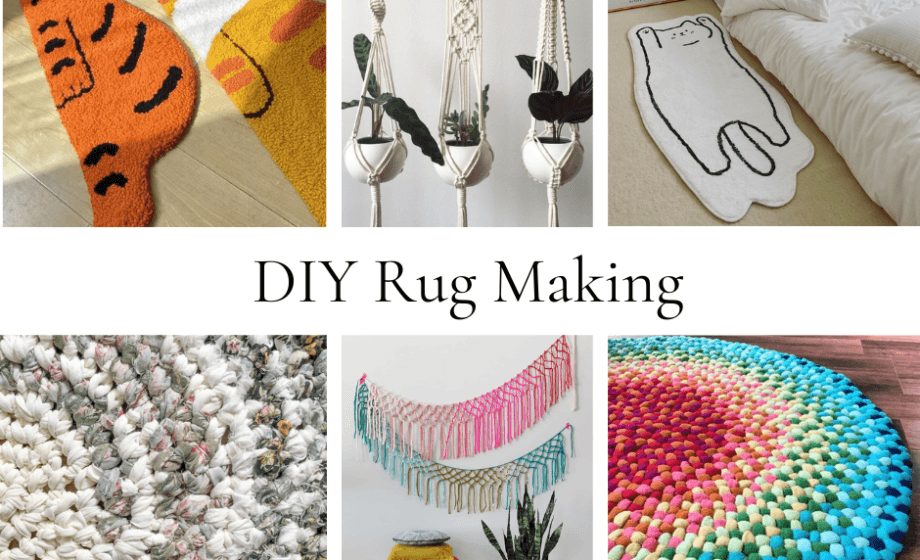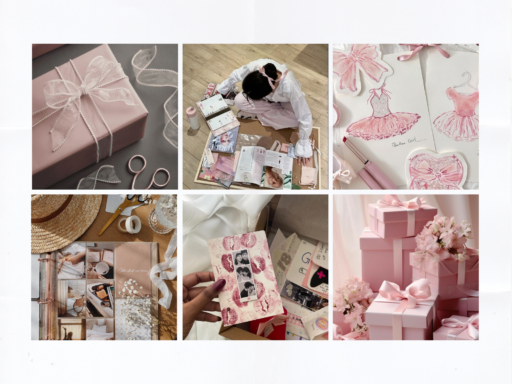Creating your own rug can transform your space, adding a personal touch to your home decor. DIY rug making allows you to craft unique designs that reflect your style while being budget-friendly. This blog post will guide you through the essentials, from the basic techniques to choosing materials that suit your vision.
You don’t need to be a professional to embark on this creative journey. With a variety of styles and methods available, rug making offers something for everyone, whether you’re looking for a simple braided rug or an intricate tufted design.
Embrace the joy of crafting something functional and beautiful with your own hands. You’ll find that each step brings you closer to a custom piece that tells your story.

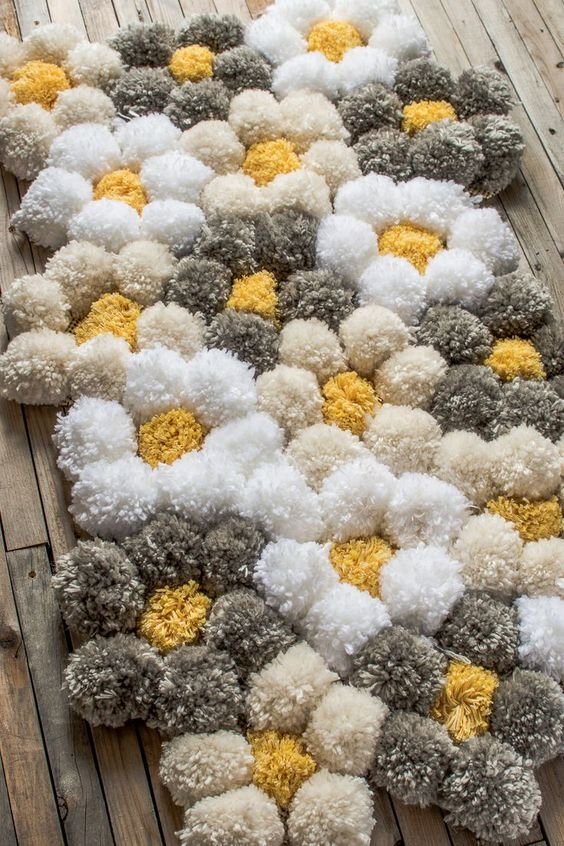
Key Takeaways
- Learn essential techniques for DIY rug making.
- Discover various styles and materials to inspire your project.
- Find practical tips for maintenance and care of your handmade rugs.
Understanding the Basics of Rug Making
Rug making involves both creativity and the right tools. To start, you need essential supplies and a thoughtful selection of fabrics to achieve the desired outcome.
Essential Tools and Materials
You will require a few critical tools for DIY rug making. First, scissors are necessary for easily cutting fabric. Invest in fabric scissors for the cleanest cuts.
Other important supplies include cotton piping for edging and canvas as a strong base for your rug.
To finish the edges neatly, a hot glue gun or sewing kit can be useful. Additionally, consider a rotary cutter for precisely cutting fabric strips. Prepare your workspace with all these tools for an efficient process.
Selecting the Right Fabric and Supplies
Choosing the right fabric significantly impacts the look and durability of your rug. Popular options include cotton and jute, both of which offer unique textures and strength.
When selecting fabric, consider the weight and thickness to ensure it withstands wear. Opt for colors and patterns that complement your space.
You should also gather supplies like strong adhesive or thread for securing edges. Cutting your fabric into strips will make it easier to arrange your design. Look for materials that suit your aesthetic and practical needs.
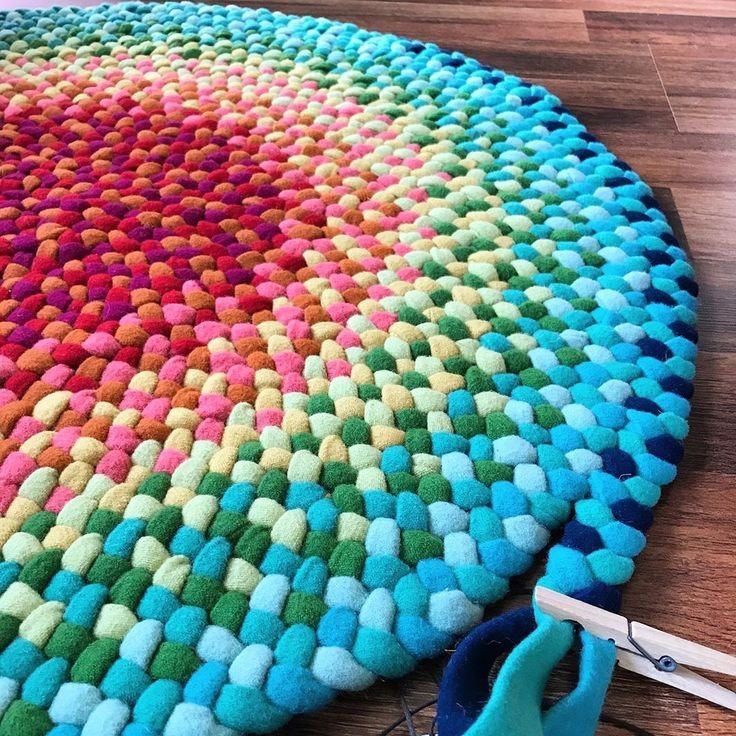

Designing Your Rug
Creating a rug that enhances your space involves careful consideration of colors, patterns, size, and shape. Customization techniques also play a vital role in making your rug unique and tailored to your room’s decor.
Choosing Colors and Patterns
When selecting colors, consider the existing decor of your room. You can opt for bold hues to create a focal point or soft tones for a subtle look.
Here are a few tips to choose colors wisely:
- Complementary colors enhance a room’s aesthetic.
- Monochromatic schemes can create a cohesive look.
- Patterns such as geometric, floral, or abstract can add texture.
Think about the emotional impact of colors. For instance, blues and greens evoke calmness, while reds and yellows are energizing. Pairing colors with patterns can elevate your rug’s design and functionality.
Determining the Size and Shape
The size and shape of your rug should complement the room’s dimensions. Measure the space before making a decision to ensure it fits well. Here are some common sizes:
- Small rugs (2×3 ft) are ideal for entryways.
- Medium rugs (5×7 ft) work well under coffee tables.
- Large rugs (8×10 ft) anchor living spaces.
Shapes also influence the room’s feel. Consider:
- Rectangular rugs for traditional layouts.
- Round rugs for adding softness and flow.
- Runner rugs in hallways or narrow spaces.
Choosing the right size and shape ensures your handmade rug enhances the room’s decor instead of overwhelming it.
Customization Techniques
Customizing your rug adds a personal touch. You can experiment with different techniques to achieve your desired effect. Options include:
- Adding fringes or tassels for texture.
- Incorporating mixed media, such as dye or fabric scraps.
- Using stencils to create unique patterns.
Consider dyeing or painting sections of your rug to achieve specific colors. You might also explore knotting methods for a more textured finish.
These techniques allow for creative expression, ensuring your DIY rug is not just functional but also a reflection of your style.
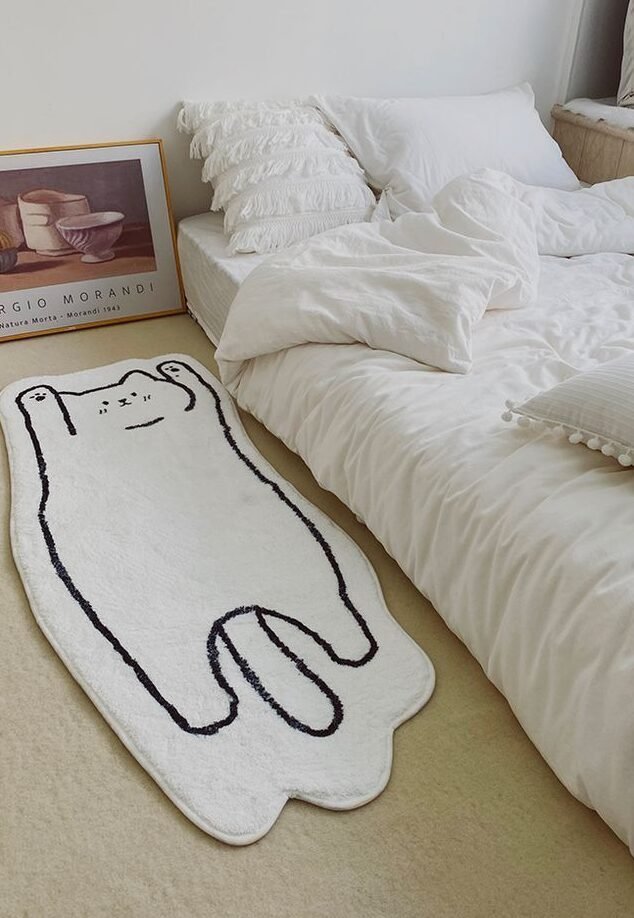
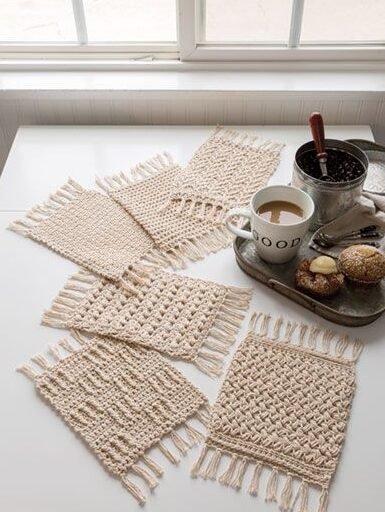
Types of DIY Rugs
Exploring various DIY rug-making techniques opens up a world of creativity. Each method offers unique styles and materials, allowing you to craft rugs tailored to your taste and home decor.
Weaving a Woven Rag Rug
Creating a woven rag rug involves using strips of fabric, often from old clothes or linens. Begin by cutting your material into long, uniform strips, ideally 1 to 2 inches wide.
You can use a simple loom or even a sturdy frame. As you weave, alternate colors to form patterns or create a more textural look. This type of rug is durable and perfect for high-traffic areas.
Materials Needed:
- Old fabrics or t-shirts
- Loom or a frame
- Scissors
This rug is not just functional; it’s also a beautiful way to repurpose textiles and add warmth to your space.
Crafting a Braided Rug
Braiding a rug is a traditional method that adds a unique, textured appearance. Begin by selecting your fabric. Fabrics that are sturdy yet flexible work best, such as denim or canvas.
Braid three or more strips together, maintaining equal width for a uniform look. Once you’ve reached your desired length, stitch the braid into a circular or oval shape. Secure the ends to create a cohesive design. A braided rug works well in cozy environments.
Tips:
- Use contrasting colors for visual interest.
- Experiment with different fabric types for varying textures.
This method emphasizes the art of simplicity while achieving a charming design.


Making Pom Pom and Faux Fur Rugs
Pom pom and faux fur rugs add a playful touch to any room. For a pom pom rug, create multiple pom poms from yarn, following simple knot instructions. You can use various colors to match your decor.
Attach the pom poms to a base mat using a strong adhesive or by stitching them. This type of rug is particularly suited for bedrooms or play areas.
For a faux fur rug, choose a high-quality faux fur fabric. Cut the material to your preferred shape and size. You can back it with a soft fabric for added comfort.
Considerations:
- Pom pom rugs are fun and customizable.
- Faux fur rugs provide luxurious softness and warmth.
Both styles are great for adding personality to your flooring.
Creating Stenciled Rugs
Stenciling a rug gives you the opportunity to add personalized designs. Start with a plain jute or canvas rug as your base. Choose your stencils, which can range from geometric patterns to floral designs.
Using fabric paint, apply the stencils with a sponge or brush. Be sure to let the paint dry before moving the rug to its final location. Stenciled outdoor rugs can brighten up patios and balconies while providing a weather-resistant option.
Advice:
- Ensure your paint is suitable for fabric.
- Experiment with layering for more complex designs.
This method is ideal for those looking to infuse creativity into their space without complex techniques.


